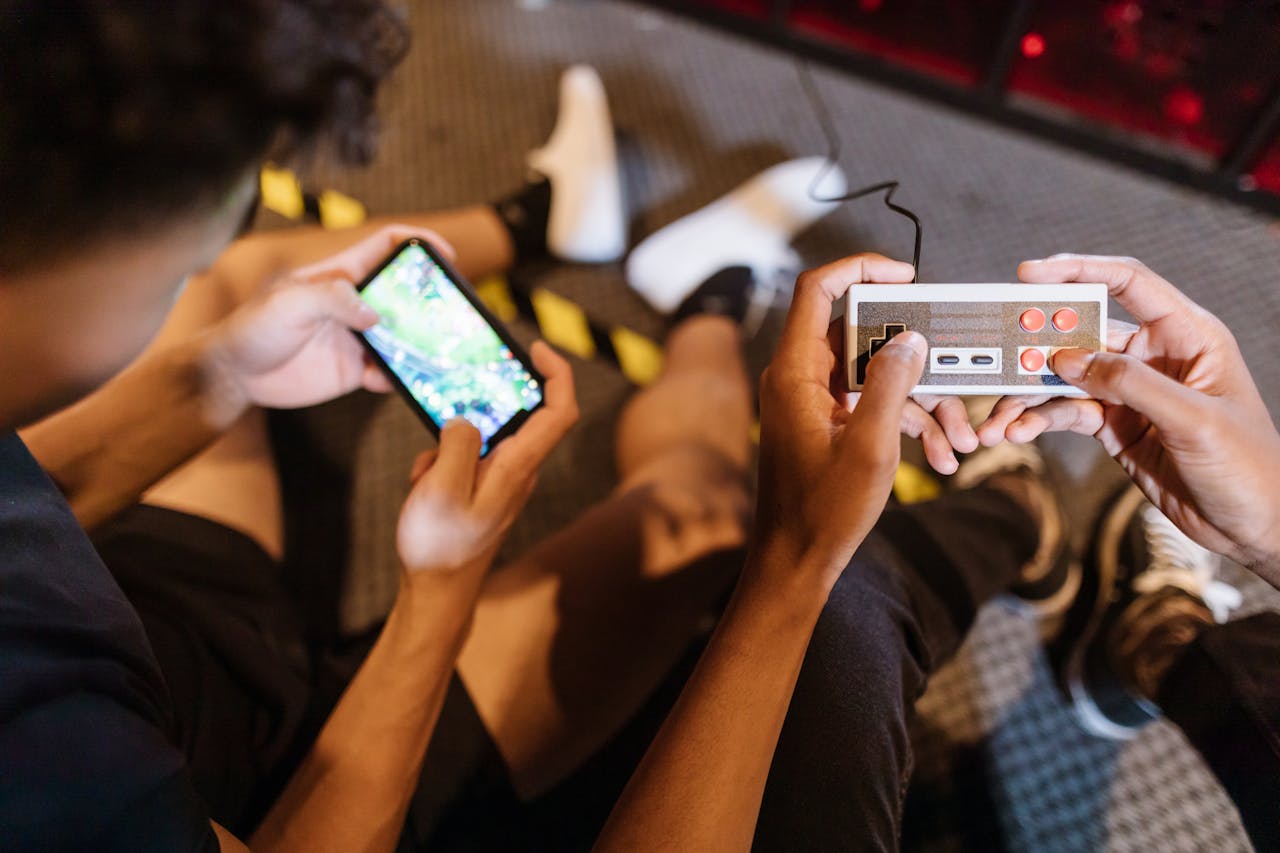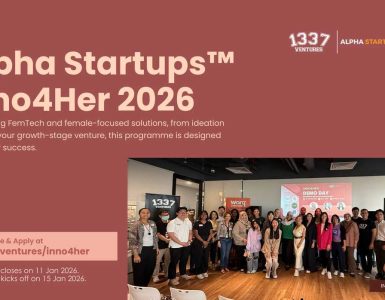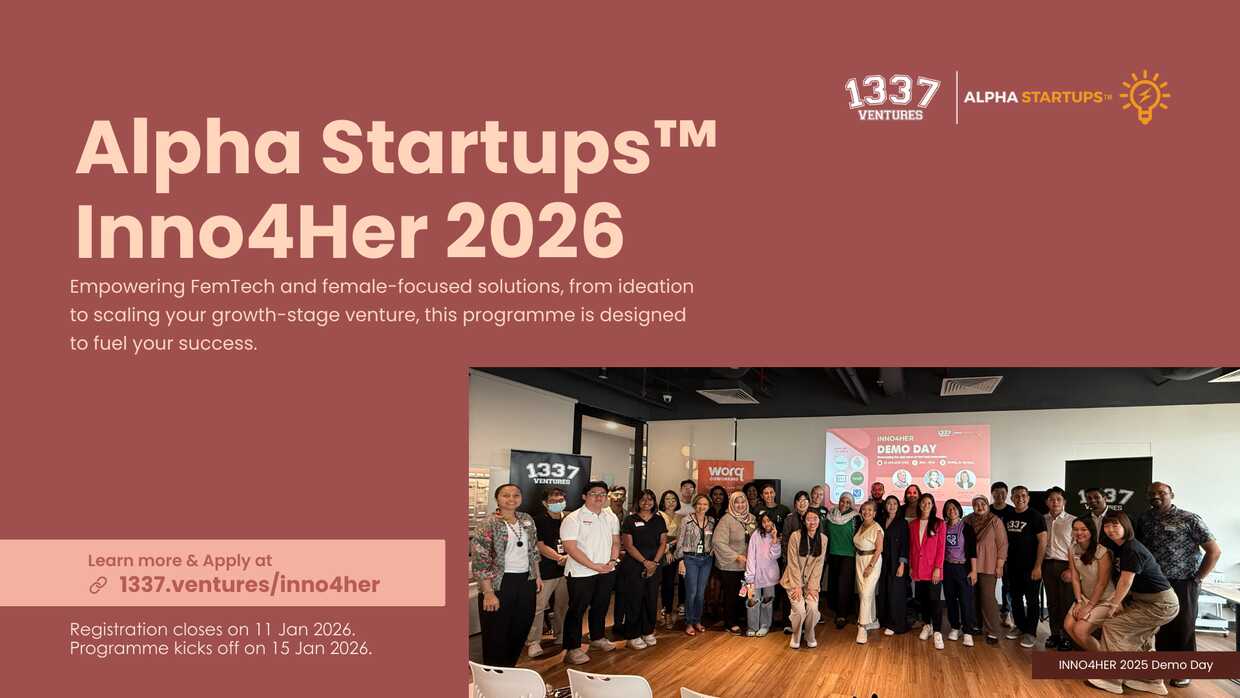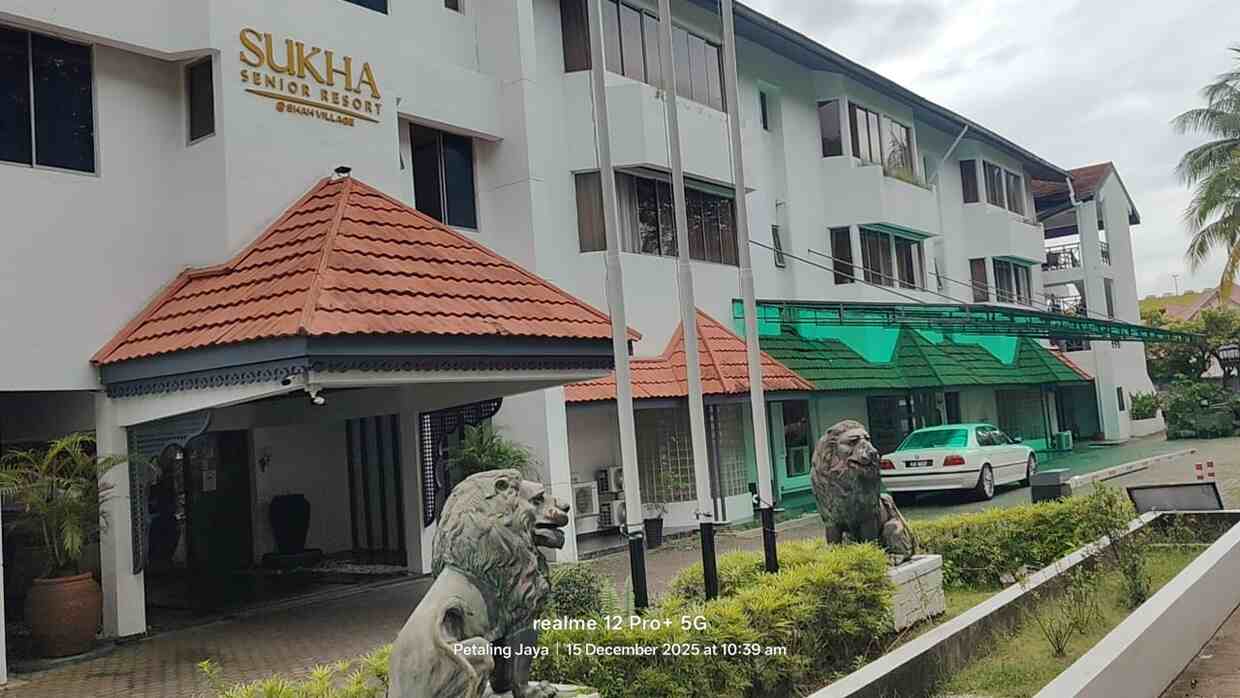As smartphone usage continues to dominate digital life in Malaysia, mobile entertainment apps have rapidly become one of the most dynamic areas of technology adoption. From interactive games and real-time competitions to immersive live experiences and social engagement platforms, Malaysians are increasingly turning to their phones for both leisure and excitement.
This article explores the evolution of mobile entertainment platforms in Malaysia — looking at the most important features users value, the technology that powers seamless engagement, and the apps setting new benchmarks in user experience, performance, and safety.

Driven by Mobile Innovation
Malaysia’s digital ecosystem is among the most mobile-oriented in Southeast Asia. With over 96% smartphone penetration and widespread 4G (and now growing 5G) coverage, the way Malaysians engage with entertainment has completely transformed. Traditional desktop platforms are being replaced by high-performance mobile applications designed for on-the-go users.
Whether it’s casual gaming, live sports content, interactive challenges, or virtual events, today’s mobile entertainment apps are engineered to deliver convenience, speed, and rich multimedia experiences. Consumers expect fast-loading apps, high-quality visuals, and secure, easy-to-use interfaces — and tech companies are racing to meet that demand.
When evaluating mobile entertainment apps, several factors stand out: design quality, app performance, data efficiency, security, and customer support. These criteria now define what separates an ordinary app from one that keeps users engaged long term.
Key Features That Define a Great Mobile App Experience
1. Seamless User Interface and Navigation
A visually appealing, responsive interface is the foundation of a good app. The best entertainment platforms prioritise intuitive navigation, where users can access features with minimal taps. Clean layouts, quick menus, and minimal clutter help enhance focus and reduce friction.
2. App Availability and Optimisation
A growing number of developers are now creating dedicated apps for both Android and iOS systems rather than relying solely on mobile-optimised websites. Native apps typically deliver smoother performance, faster loading speeds, and better offline functionality. These apps also integrate with smartphone hardware — such as cameras, sensors, and push notifications — to create more interactive experiences. For users exploring new entertainment options, checking out platforms that feature games from top casino providers can be a good starting point.
3. Real-Time Engagement and Interactive Features
Modern users crave interactivity. Whether it’s live content, instant score updates, or interactive leaderboards, entertainment apps that deliver real-time engagement outperform those offering static experiences. Advanced data analytics and cloud technology allow these apps to update content instantaneously, enhancing the feeling of participation and immediacy.
4. Data Efficiency and Performance Stability
In a mobile-first country like Malaysia, where many users rely on mobile data rather than Wi-Fi, efficient data management is crucial. Well-optimised apps minimise lag, use compressed data streams for live content, and provide adjustable settings for image or video quality. Users increasingly look for apps that deliver high performance without draining battery or consuming excessive bandwidth.
5. Payment and Subscription Security
For apps offering premium content, in-app purchases, or subscription models, secure payment channels are essential. The integration of trusted digital wallets such as Touch ’n Go eWallet, GrabPay, and FPX banking has made it easier for Malaysians to transact safely. Developers also employ encryption and two-factor authentication to protect sensitive information and ensure user trust.
The Technology Behind Modern Mobile Entertainment
Behind every high-performing app is an intricate combination of data analytics, cloud computing, and mobile optimisation. Malaysian developers are increasingly adopting artificial intelligence (AI) and machine learning (ML) to personalise entertainment experiences — recommending content, predicting user behaviour, and adapting visuals for different devices.
Cloud-based scalability allows apps to handle spikes in traffic, particularly during live events or promotional campaigns. This ensures that performance remains stable even as thousands of users engage simultaneously.
5G technology is another game-changer. Its faster speeds and lower latency enable more immersive experiences such as augmented reality (AR) interactions, ultra-HD streaming, and near-instant feedback in real-time challenges. As Malaysia continues rolling out nationwide 5G access, developers are expected to create richer, more connected entertainment ecosystems.
In addition, UI/UX design trends are evolving rapidly — with minimalist interfaces, dark mode options, and micro-animations creating smoother visual flow. Malaysian app designers are adopting these global trends while adding local elements like Bahasa Malaysia integration and cultural themes to cater to domestic audiences.
Security and Data Privacy in the Digital Era
With the rise of mobile entertainment comes an equally pressing need for digital safety. Malaysians are becoming more aware of privacy risks, and developers are responding by integrating robust security frameworks.
Leading apps now are ensuring that user data is handled transparently and ethically. Multi-layer encryption, anonymised analytics, and clear consent mechanisms have become standard.
Cybersecurity experts recommend that users only download apps from official stores such as Google Play or Apple App Store and avoid third-party APKs. Verified apps undergo strict vetting for security vulnerabilities, while established platforms typically display certification logos to reassure users of compliance and reliability.
Customer Support and User Trust
The best mobile apps aren’t just about sleek interfaces; they’re backed by strong customer support. Most leading platforms in Malaysia offer 24/7 live chat or AI-powered chatbots to resolve user issues instantly. Email and social media support channels also ensure quick communication and community feedback.
A well-designed FAQ section or knowledge base can often solve common issues, reducing dependency on live support. Transparency in communication — whether it’s about updates, downtime, or data policies — helps build long-term trust between developers and users.
Leading Mobile Entertainment Apps
The Malaysian app scene is vibrant and diverse. Here are some categories where local and regional developers are excelling:
1. Interactive Sports and Fitness Apps
These platforms let users track activities, join live challenges, and even engage in virtual tournaments. Apps like Strava, Nike Training Club, and locally developed fitness trackers are adding gamified features to keep users motivated.
2. Esports and Gaming Communities
Malaysia’s youth-driven gaming culture has fuelled a surge in esports companion apps that connect players, host leaderboards, and share tournament updates. These platforms serve as digital hubs for competitive gaming enthusiasts, fostering an inclusive and interactive community. Among them, GemBet stands out for its good game variety and attractive welcome offers.
3. Streaming and Live Content Apps
From iQIYI and Viu to Astro GO, streaming platforms dominate Malaysia’s entertainment scene. High-definition video, local language support, and adaptive streaming technology make these apps household names. Live content options — including concerts, gaming streams, and talk shows — have seen exponential growth post-pandemic.
4. Lifestyle and Experience Apps
Apps like Tiktok, Shopee Live, and Klook blend entertainment with social and lifestyle experiences. Users can explore content, interact with creators, or book real-world experiences all within one app.
These platforms exemplify how technology is blurring the line between entertainment, commerce, and community.
Performance and Device Compatibility
In Malaysia’s multi-device landscape, compatibility is key. High-performing apps are now optimised for both high-end smartphones and mid-tier models, ensuring accessibility across income segments. Lightweight app versions (“Lite” editions) cater to users in areas with slower connections, maintaining engagement despite limited bandwidth.
Developers are also focusing on progressive web apps (PWAs) — mobile websites that behave like apps but don’t require installation. These are ideal for users who prefer saving storage space while still accessing premium content with native-like performance.
Battery optimisation is another area of focus. Apps designed with efficient background processing, adaptive frame rates, and scheduled updates help reduce energy drain — a small but significant factor in user satisfaction.
Building a Safer, Smarter Entertainment Ecosystem
As the digital economy expands, the line between entertainment, fintech, and everyday lifestyle continues to blur. Consumers are not just looking for apps that entertain — they want platforms that are safe, inclusive, and intelligent.
This shift is pushing local developers to embrace ethical design, data transparency, and AI-driven personalisation. The goal is to make mobile entertainment more responsible and enriching without compromising on fun or innovation.
The next frontier of app ecosystem will likely include augmented reality tourism, virtual concerts, and hyper-personalised content feeds powered by big data. The future is immersive, and developers are well-positioned to lead this regional transformation.
Conclusion: Mobile Future Is Interactive and Intelligent
Mobile entertainment apps have evolved from simple diversions into powerful digital ecosystems that combine technology, design, and engagement. The best apps today are those that prioritise speed, security, and user satisfaction — giving Malaysians access to world-class digital experiences right in their pockets.
As technology advances, the nation’s thriving developer community will continue to innovate, ensuring that Malaysia remains at the forefront of mobile entertainment in Southeast Asia. The focus now is clear: build smarter apps, protect users, and create experiences that connect people through technology — anytime, anywhere.












Add comment